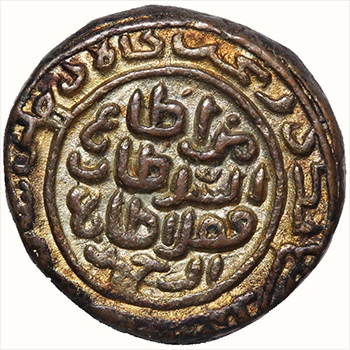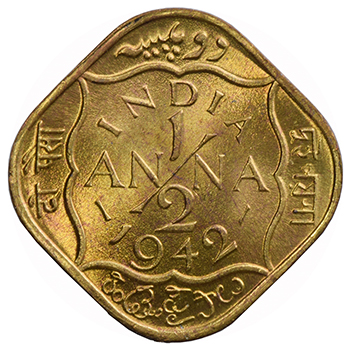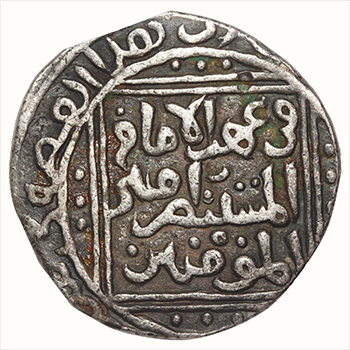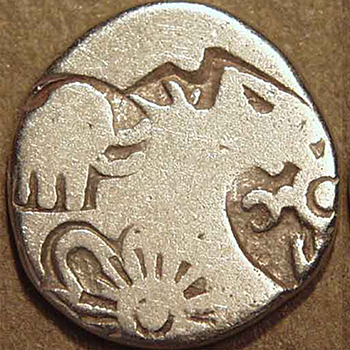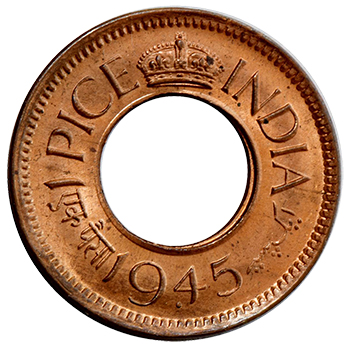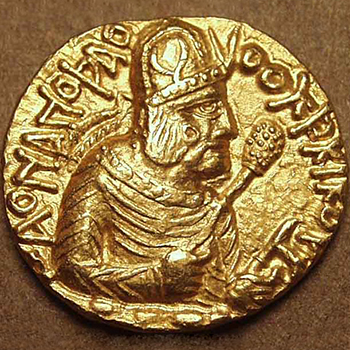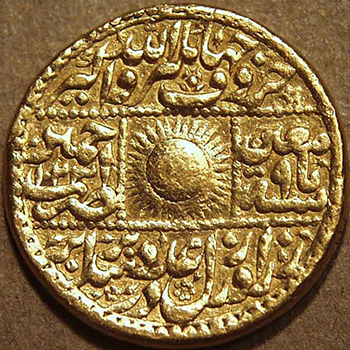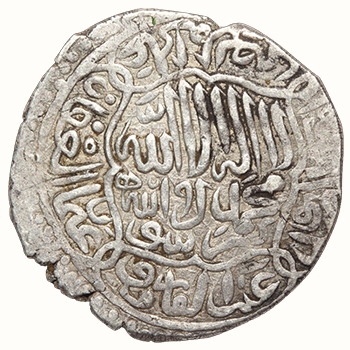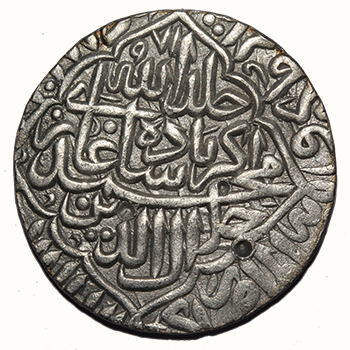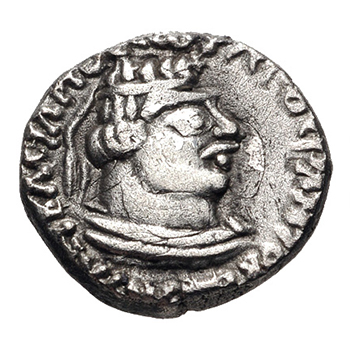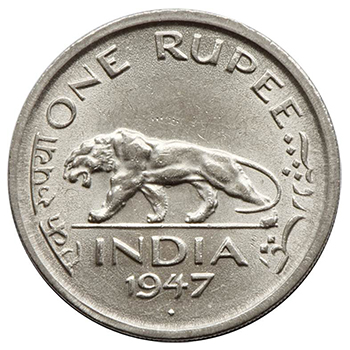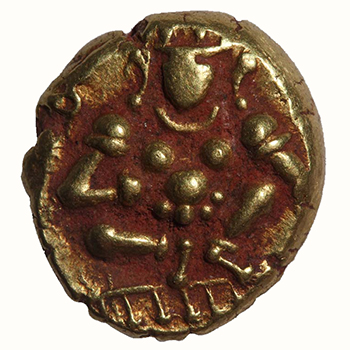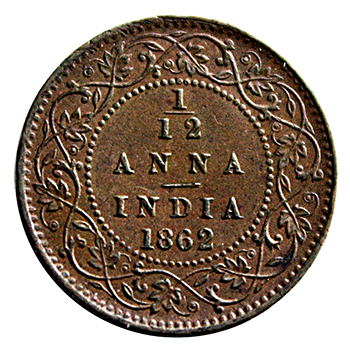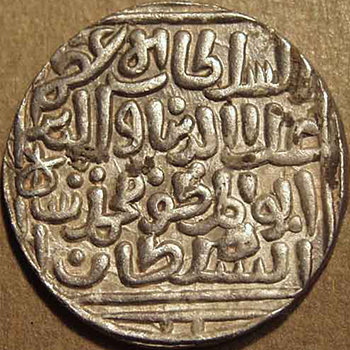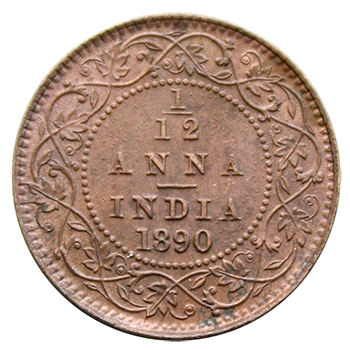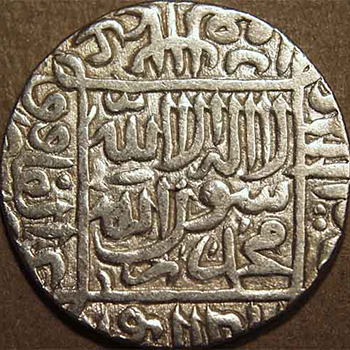The Eastern Ganga coinage consisted of gold fanams. The obverse typically depicts a couchant bull along with other symbols. The reverse features a symbol that represents the letter sa (for samvat, which means year) flanked by elephant goads or an elephant goad with a battle axe, along with a number below, which depicts the regnal year (anka year) of the reigning monarch. Some coins also carry the legend sri rama on the reverse above the letter sa. An interesting aspect of the Eastern Ganga coin dates is that these coins may be the earliest Hindu coins dated using decimal numbers. Earlier dated coins, such as those of the Western Satraps, the Guptas, etc., used the old Brahmic numbering system with separate symbols representing each of the single digits, separate symbols representing two-digit multiples of ten, such as 20, 30, 40, and so on, and further separate symbols representing three-digit numbers such as 100, 200, etc. Thus, a number like 123 was written as 100-20-3. But the Eastern Ganga coins were written using the symbols for the single digits, with the position of the number indicating the value, such as tens or hundreds, thus effectively using the zero-place-holder system.
Artist/Creator/Designer: Eastern Ganga Dynasty
Category: Evolution of Coin Design in India
Period: (1000-1099) C.E
Media: Coin
Material: Gold
References: https://coinindia.com/galleries-eastern-gangas.html



